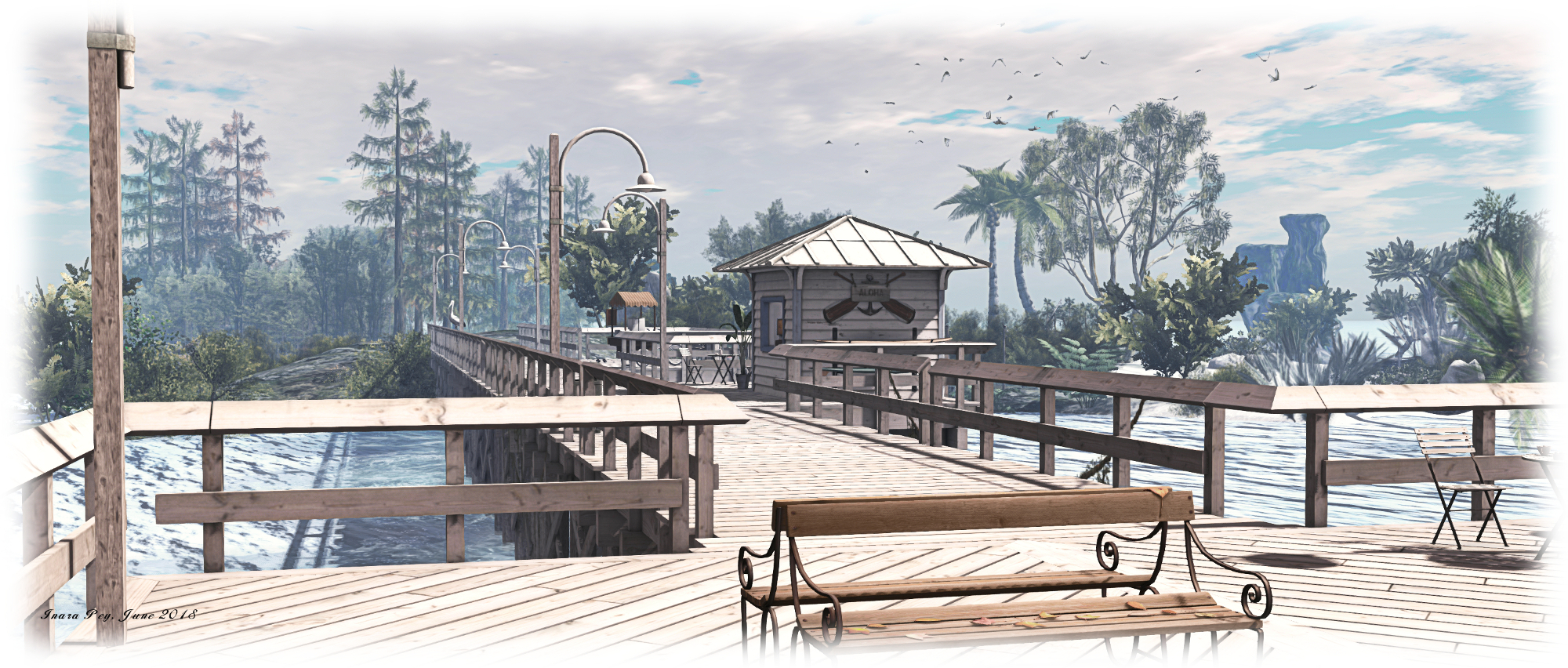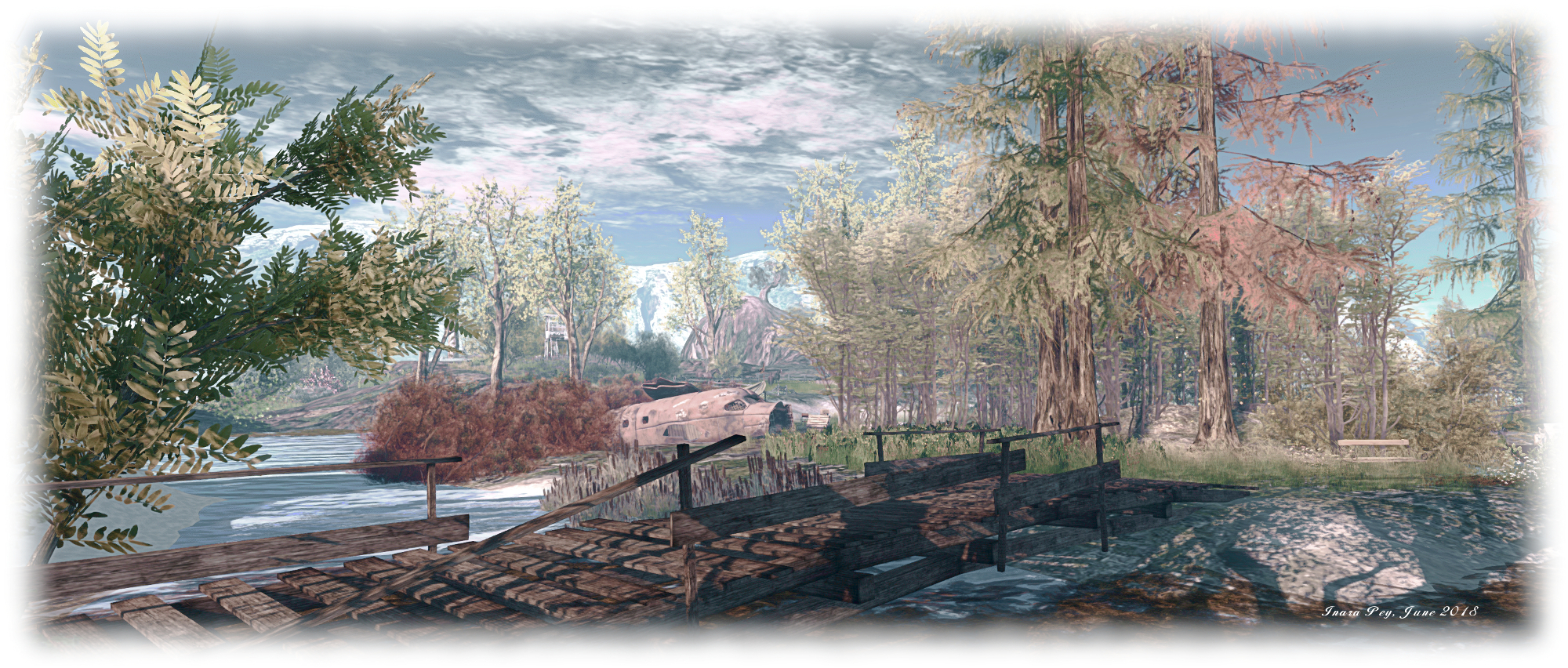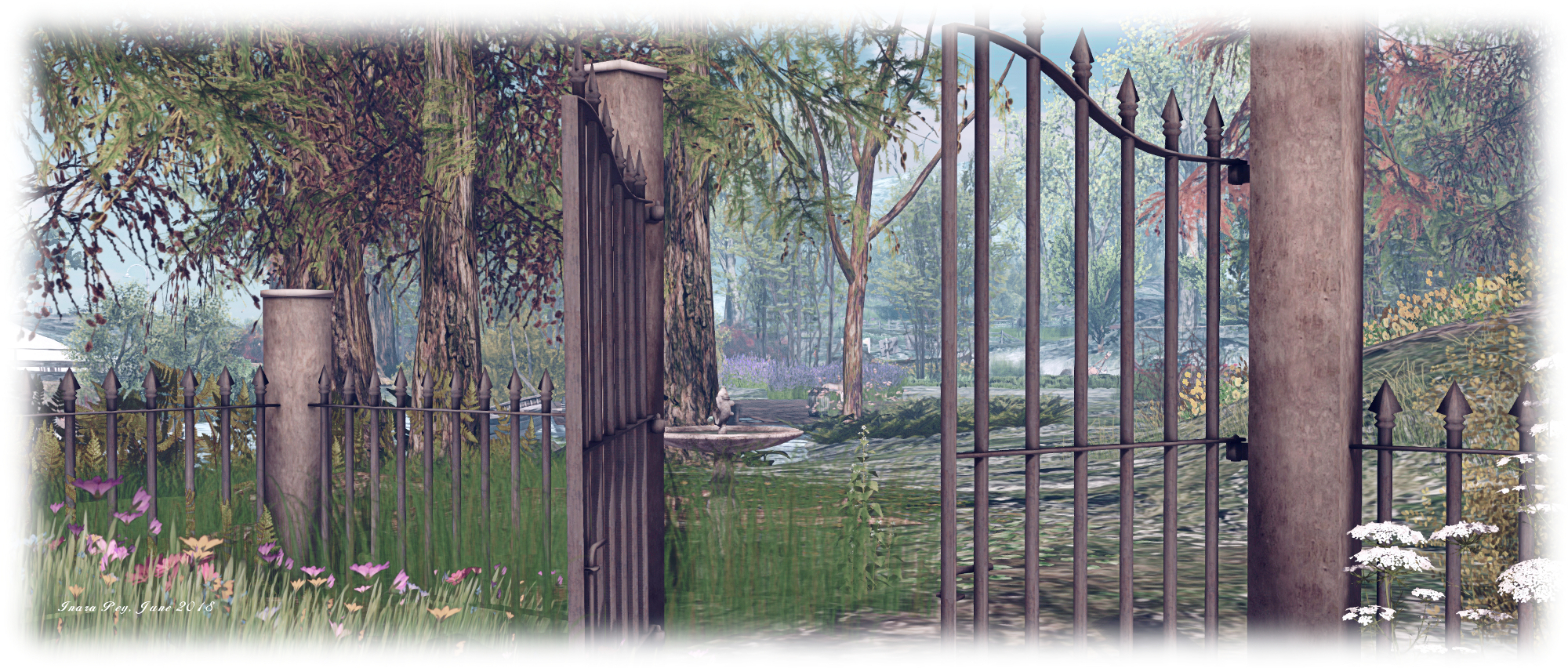Server Deployments
As always, please refer to the server deployment thread for the latest information.
- On Tuesday, June 5th 2018, the Main (SLS) channel was updated with server maintenance package 18#18.05.25.515749, containing internal fixes and server-side support for the upcoming new Estate Management ban list management changes.
- On Wednesday, June 6th, the three main RC channels – LeTigre, BlueSteel and Magnum – should be updated with a new server maintenance package, 18#18.05.30.515812, comprising:
- Additional work to support localised Abuse Report categories.
- Improvements to object updates as part of ongoing performance improvements.
- Removal of the logging of a trivial message.
- Internal fixes.
Week #23 should see the decommissioning of the RC Cruller channel, established to help those experiencing issues with the use of media URLs for data storage (see BUG-216032). Those affected by the update who are unable to complete their unpacking of data stored in media URLs by the end of the week, should use the deployment thread to indicate how much longer they need.
SL Viewer
There have been no updates to the current group of viewers in the pipeline at the start of the week, although merges and updates following the recent promotion of the Love Me Render viewer are expected. At the time of writing, the list reads as:
- Current Release version 5.1.5.515811, dated May 31, promoted June 1 – formerly the Love Me Render Release Candidate – NEW
- Release channel cohorts:
- Pálinka Maintenance RC viewer, 5.1.5.515527, dated May 21.
- Project viewers:
- Animesh project viewer, version 5.1.4.515420, dated May 14 – project overview.
- Bakes on Mesh project viewer, version 5.1.3.513936, dated March 30.
- 360 snapshot viewer, version 5.1.3.513006, dated March 6 (this version can have significant rendering issues, see my hands-on update).
- Linux Spur viewer, version 5.0.9.329906, dated November 17, 2017 and promoted to release status 29 November – offered pending a Linux version of the Alex Ivy viewer code.
- Obsolete platform viewer, version 3.7.28.300847, May 8, 2015 – provided for users on Windows XP and OS X versions below 10.7.
Environment Enhancement Project (EEP)
EEP is coming along. There is a possible fix for the back-end issue we were seeing. I’m wiring up some of the UI so that people can start to use it… Just pulled in a couple of the shader updates that one of the other Lindens has been working on.
– Rider Linden, discussing EEP progress, Simulator User Group, June 5th, 2018
Other Items
Region Crossings
I am making small steps … for example, tomorrow’s update has better logging where the target region you cross into is tracking everything and logs when it has re-seated an AV on a vehicle, and sent updates for all attachments … I’m not aiming for a big system monitoring region crossings in real-time, but I’d like to know better stats on how long they take and the failure rate … I know it would look ugly but it really would make sense technically if crossings forced you to stop, get across, then keep going and not estimate movement and all that.
– Simon Linden, discussing region crossings at the Simulator User Group, June 5th, 2018
The last of Simon’s points is something Joe Magarac (animats) has been working with through the use of scripts, as previously discussed in these pages.
llName2Key
llName2Key is one of two new LSL deployed in connection with the upcoming return of Last Names (see this blog post and this blog post for more). It’s been noted that the wiki page (linked to above) lacks proper information (its companion, llRequestUserKey as a wiki page which is also a little brief).
The function should return the Agent ID for the named avatar (based on it seeking the first name or the first name and last name), if the avatar is in the region where the function is run. If the last name is omitted, “Resident” is assumed. However, there appears to be a bug some search criteria work when they should fail (e.g. “Firstname R” (or “@R”) seems to work when “Resident” avatars on a region, when it should fail. A bug report is to be raised.









